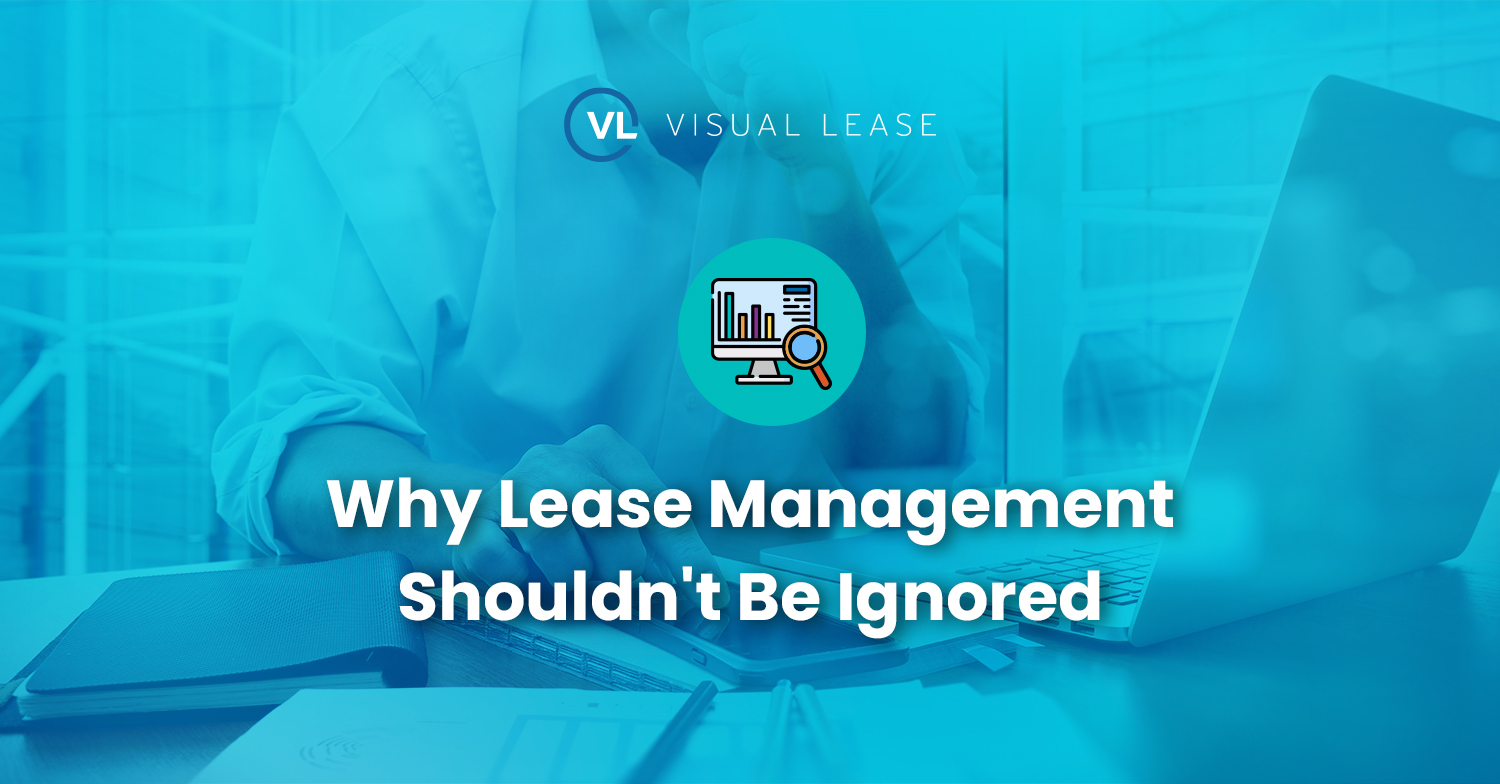
“Why Lease Management Shouldn’t Be Ignored: The High Cost of Underestimating Your Lease Portfolio and How to Optimize It for Your Business Needs”
Many companies are underestimating the total cost of their lease portfolio when in reality, leases are often the second largest expense for organizations with most businesses spending 5% to 10% of total revenue per square foot on rent. And in accordance with lease accounting standards (ASC 842, IFRS 16 and GASB 87), companies must now account for these expensive assets on the balance sheet, further emphasizing just how critical it is for business leaders to keep close tabs on these complex agreements.
While it’s undeniable that leases are a critical part of businesses’ operations and financial reporting, many organizations wrongly assume that once executed, their work on these agreements is done. However, failing to invest in ongoing lease management and controls typically results in excess costs and overutilization of leased assets, such as real estate. For example, a recent survey from Accenture found that companies today could reduce spatial needs by as much as 40% – which could free up funds that could be allocated elsewhere.
3 Steps to Optimize the Value of Your Lease Portfolio
There are 3 key steps that companies can take to optimize the value of their lease portfolio to best serve their organization’s needs:
1. Gather & Evaluate Your Leases
Corporate leases have a lot of components, from the basics like rental rate and lease terms to maintenance obligations, utilities, and employee utilization rates. With so many components to keep track of, 71% of companies have reported that they are not confident about the complete cost of their lease, and a startling 90% of senior real estate executives feel they do not have access to all the data they need to make informed decisions about their company’s lease portfolio. These statistics are alarming when you consider that leases are typically the second-largest expense for most businesses.
To get full control over your portfolio, first take stock of all real estate and equipment leases within your organization, which are likely scattered in various locations and departments within your company. Thoroughly review each component, including terms and responsibilities, like common-area maintenance fees, insurance minimums, and deferred maintenance.
2. Utilize Technology
While businesses successfully utilize Excel to tackle many different needs, the fact of the matter is those spreadsheets simply can’t accommodate how intricate and dynamic leases are, which inevitably leads to major reporting errors. Once you’ve gathered all your leases, consider investing in dedicated technology that is purpose-built to help you manage all the moving parts and pieces of your leases throughout their entire lifetime.
The Visual Lease Data Institute found that currently, 83% of companies are not prioritizing investments in the dedicated technology, people, and processes needed to successfully manage their lease-related expenses despite the fact that in a 2022 report, 45% of companies reported that using lease accounting software decreased associated costs. A similar survey from EY found that a technology-paired lease management program unlocked constrained resources and helped employees focus on high-value tasks, a major benefit when today, many organizations are being asked to do more with fewer resources.
Technology is permeating throughout organizations because of its benefits in streamlining processes and driving efficiency, and the same benefits can be gained by infusing technology into lease management and accounting practices.
3. Implement Strong Lease Controls
Research from Deloitte found that companies utilizing cross-departmental collaboration could better respond to a broad range of challenges and were more likely to achieve digital maturity. Given how collaborative lease management is, an internal cross-functional task force should lead the efforts to evaluate solutions and ensure the technology is a good fit across departments that commonly interact with a lease portfolio, including real estate, legal, procurement, IT, and finance and accounting.
Once the right technology has been identified, you should work with your internal teams and solution provider to implement lease controls and align them to your existing systems. Doing so will ensure that the right people have the right access to your lease data at the right time, which will decrease your organization’s chances of missing deadlines or options, miscalculating lease costs, overpaying, overlooking important deadlines and missing the opportunity to exercise options. Amid the changing economic environment, businesses are focused on improving operational performance to weather the storm. An optimized lease portfolio gives companies the opportunity to respond and adapt to market changes and stay ahead of competitors – a vital asset during a bear run.























